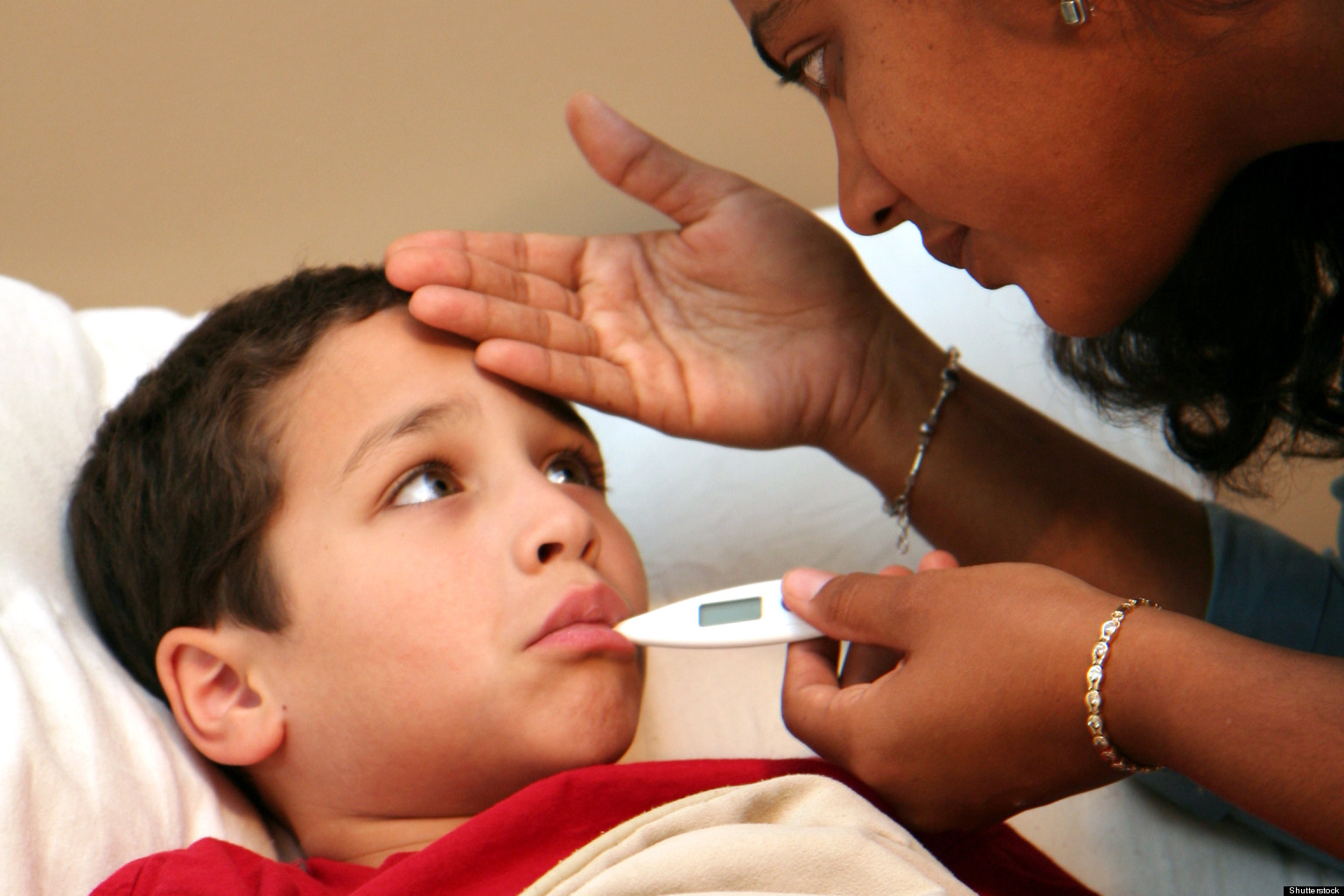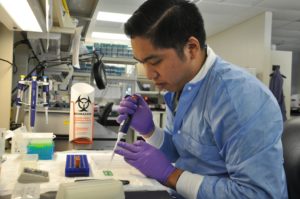
 Bacterial capacity to develop resistance to ampicillin may predate its use in humans and may actually be traced back to the antibiotics use in animals, according to new research published in The Lancet Infectious Diseases.
Bacterial capacity to develop resistance to ampicillin may predate its use in humans and may actually be traced back to the antibiotics use in animals, according to new research published in The Lancet Infectious Diseases.
Molecular analysis of historical samples of Salmonella by researchers at the Institut Pasteur (Paris, France) suggests that the ampicillin resistance gene emerged in humans in the 1950s, several years before the antibiotic was released onto the pharmaceutical market. The findings indicate that a possible cause was the common practice of adding low doses of penicillin to animal feed in the 1950s and 60s.
Coming just weeks after WHO called for ending use of routine antibiotics in animals for growth promotion and disease prevention. “Our findings suggest that antibiotic residues in farming environments such as soil, waste water, and manure may have a much greater impact on the spread of resistance than previously thought,” says Dr Francois-Xavier Weill, Institut Pasteur, who led the study. Antibiotic resistance kills around 25,000 people a year in Europe, and this is predicted to rise to over 10 million people worldwide by 2050. Many bacteria that cause serious infections in humans like Salmonella, have already developed resistance to common antibiotics.
Ampicillin, the first broad-spectrum penicillin for the treatment of infections due to Enterobacteria, was released on the market in the UK in 1961. Shortly after that, in 1962–1964, the first outbreaks of disease in humans caused by ampicillin-resistant strains of the common zoonotic (which cause disease that can be spread between animals and humans) bacterium, Salmonella enterica var Typhimurium (S. Typhimurium), were identified in the UK.
This short timeline prompted the researchers to investigate the emergence of ampicillin resistance. In this study, they tested 288 historical samples of S. Typhimurium collected from humans, animals, and food and feed in Europe, Asia, Africa, and America between 1911 and 1969. Samples were tested for antibiotic susceptibility and were analysed by whole genome sequencing, in order to identify the mechanisms of resistance to ampicillin.
A report from the UK Central Public Health Laboratory in 1965 raised the idea that low doses of the narrow-spectrum antibiotic penicillin G (also known as benzylpenicillin), routinely added to animal feed, may have contributed to the emergence of ampicillin resistance in humans in the UK (a practice that was banned in the UK in 1969).













